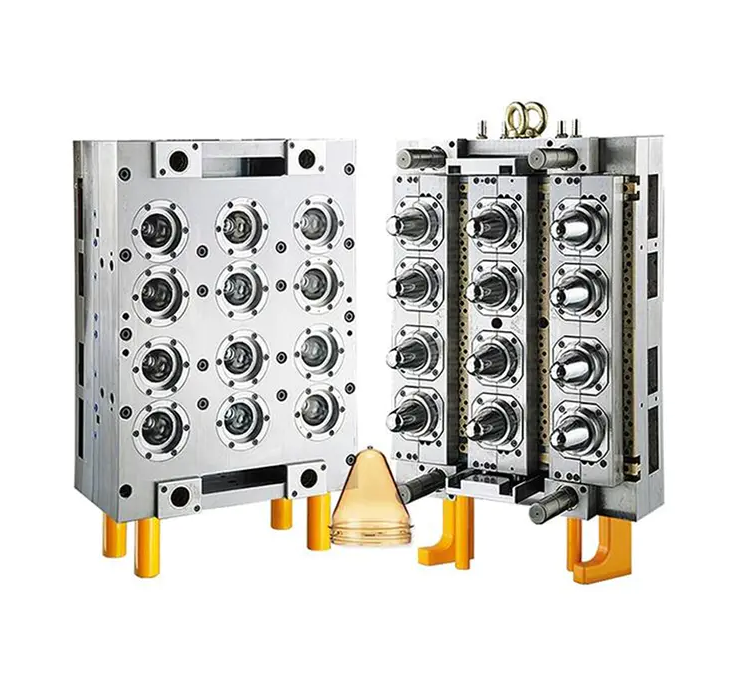PET plastic injection molding is a widely used manufacturing process for producing a variety of PET-based products, including bottles, containers, and components used in various industries. PET, or polyethylene terephthalate, is valued for its durability, clarity, and recyclability, making it a preferred material in the packaging and consumer goods sectors.
The injection molding process begins with PET resin being heated until it becomes molten. The molten PET is then injected into a mold cavity under high pressure, where it takes the shape of the mold. Once the material has cooled and solidified, the mold opens, and the finished product is ejected. This process is highly efficient, allowing for the mass production of identical parts with tight tolerances and high quality.
PET plastic injection molding offers several benefits, including the ability to produce complex shapes with consistent wall thickness, which is essential for maintaining the strength and functionality of the final product. The process also allows for high-volume production, making it cost-effective for large-scale manufacturing. Additionally, the use of PET in injection molding contributes to the sustainability of the packaging industry, as PET products are recyclable and can be reused in various applications.



